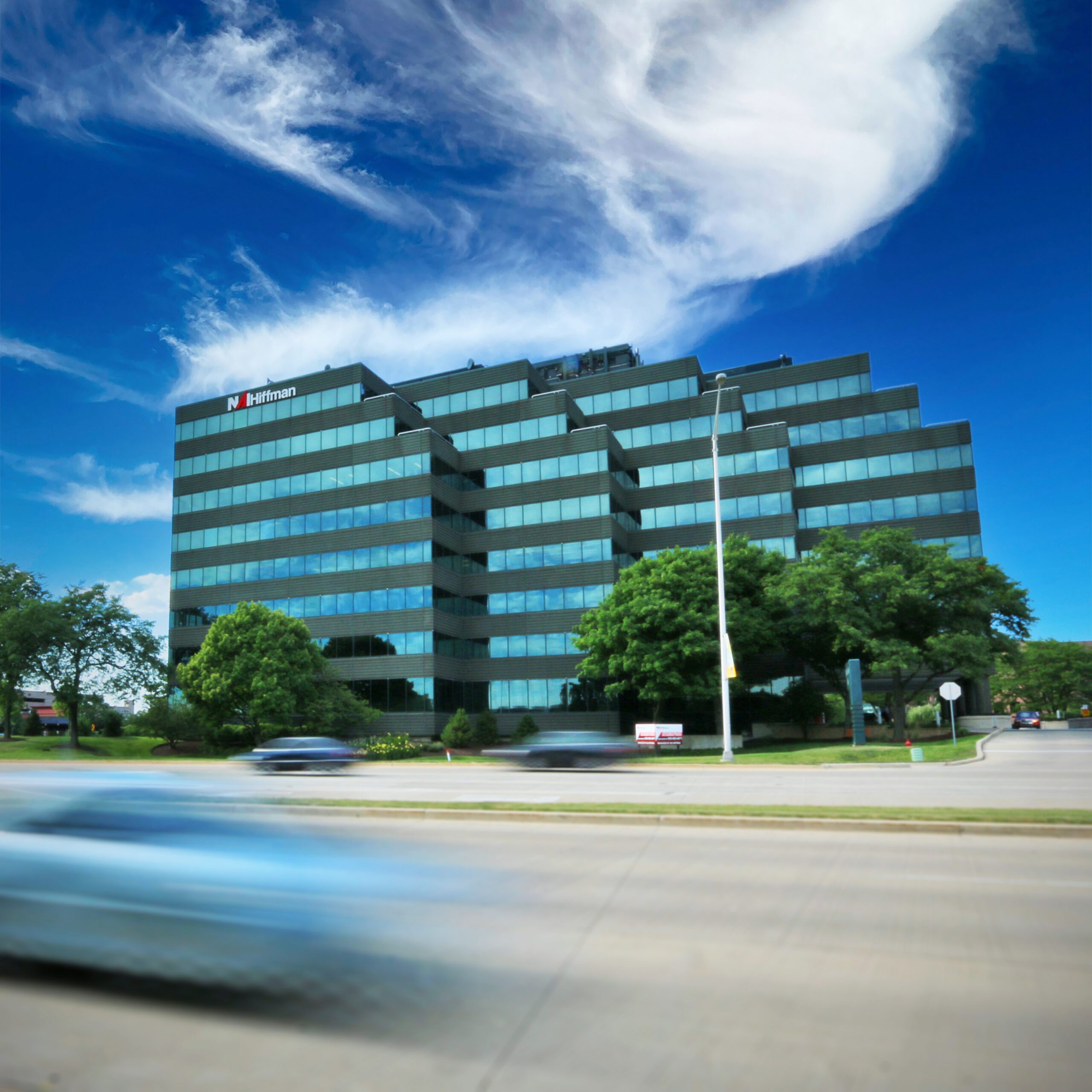September 2011
Migration Absolute
As seen in RE JournalsBy Adam Roth
Vice President – NAI Hiffman
People were already gathering in the meeting room for the logistics session and it was going to be crowded. This particular panel had seven members. A little large in number for a panel, however, the panelists were an all-star cast: three CEOs from major 3PLs, two heads of logistics for major retailers and two high profile transportation analysts. When the presentation started, each panelist spoke about their company before moving to the analysts’ projections.
The analysts began with issues facing the logistics industry and where they foresee companies focusing in the coming year. I was in the front row, pen in hand. Unfortunately, at the end of their segment, my paper was still blank.
 Forecasting issues and visibility were their main theme – not much of a real estate play there. The moderator then moved to questions from the audience.
Forecasting issues and visibility were their main theme – not much of a real estate play there. The moderator then moved to questions from the audience.
At that moment, power went out in the hotel. The exit lights provided minimal lighting, but the moderator apologized and calmly continued the session asking for questions. Seated in the front row near the moderator, I was probably one of the few people he could actually see. I raised my hand and he pointed to me. I asked, “What about energy (fuel) fluctuations and how this affects your business?” The panelists’ responses were uniform. “What was once a topic of quarterly to semi-annual conversation was now a regular monthly if not weekly agenda item.”
The lights remained off, I raised my hand and the moderator called on me again. “What is the outlook for capacity in the trucking sector?”Again, their response was uniform. “We are closely monitoring the anticipated impacts of CSA 2010 and any further modification to the Hours of Service. It is anticipated that the trucking sector will tighten up and retain purchasing power – truck pricing will be going up.”
The lights flickered, and soon the room was lit. My hand went back up. The moderator once again gave me the nod so I asked one final question. “Where does rail fit into your plans and do you foresee increased utilization of rail?” The response from the panelists was again consistent. “We are looking for ways to integrate more with the rail networks and increase our business with them.”
The panel took a few more questions before breaking.
On average, transportation costs are typically eight to ten times the cost of real estate and in most scenarios, transportation is the true “driver” behind real estate decisions. With this being the case, as a real estate broker, I attend or am directly involved with about ten logistics conferences per year and find a consistent theme: whether a particular conference or tradeshow focuses on ocean trade, rail trends, intermodal shipping, logistics, exporting, 3 PL’s, commodities or port infrastructure, real estate is rarely a topic of main focus or even on the agenda.
The most interesting thing is that the issues raised at these conferences and the obstacles the transportation-centric companies are attempting to overcome are without question shaping the foundation for the future of industrial real estate.
So what is that future? What is the path that addresses the issues of higher fuel costs, decaying infrastructure and fewer truck drivers? The answer is rail. Migration to rail is absolute. The industrial developments that include a rail component will be in demand, able to charge a premium and maintain occupancy.
The railroads have been preparing for the increase. The BNSF Railroad anticipates capital expenditures in 2011 alone to be $3.8 billion. Their capex budget in 2010 was $2.7 billion. The BNSF, Union Pacific, CSX, NS, CN and Kansas City Southern have all been expanding and/or developing their logistics hubs during the economic downturn.
There are other indicators. The Journal of Commerce has reported that a trucking shortfall of 180,000 is predicted for 2012. A recent survey by the Wolfe Trahan research group stated that shippers shifted freight from all-truck modes to intermodal at the fastest pace in years during the second quarter of this year. Rail is the only viable alternative to trucking. For most of the products being shipped, barge transport is not feasible due to perishable content or time sensitive delivery. Airfreight, as an alternative, is too costly for most and drives up the cost of the goods beyond competitive points. Other than trucking, intermodal presents the only real option from a transportation perspective.
For those who dare, check out Chuck Taylor of Awake! – an organization he founded to raise awareness so supply chain professionals will understand the stakes and take an active role in shaping energy policy. To be clear, Chuck does not state that we are going to run out of oil, however, 98 percent of supply chains run on oil and at the moment, there is no readily available cost effective substitute. As Chuck states, “Get ready for the Inevitable, the End of the Oil Age is Coming.”
In commenting on energy (oil), the point is not to discuss if in fact we’ve reached “peak oil” (the point when maximum global petroleum extraction is reached, after which the rate of production enters decline). Economic growth is still slow, but when things begin to pick up, oil prices will, without a doubt, begin to rise. People in China, India, Brazil, Russia and Middle Eastern countries want a more westernized lifestyle, which means their demand for oil will rise as well.
With the unpredictable fluctuations in oil prices, it is safe to assume that costs will continue to rise. This will drive and force change in the supply chain network. The majority of the distribution networks were designed with the assumption of cheaper oil as well as a more traditional level of trucking capacity. With the comparative level of corporate spend on transportation, companies will be forced to evolve their network strategy to survive. Influencing and accelerating this is the fact that network change is not a fast process.
Network change will happen by shifting to the next “path of least resistance.” Rail is the logical migration. This is not five years out: this is now.


